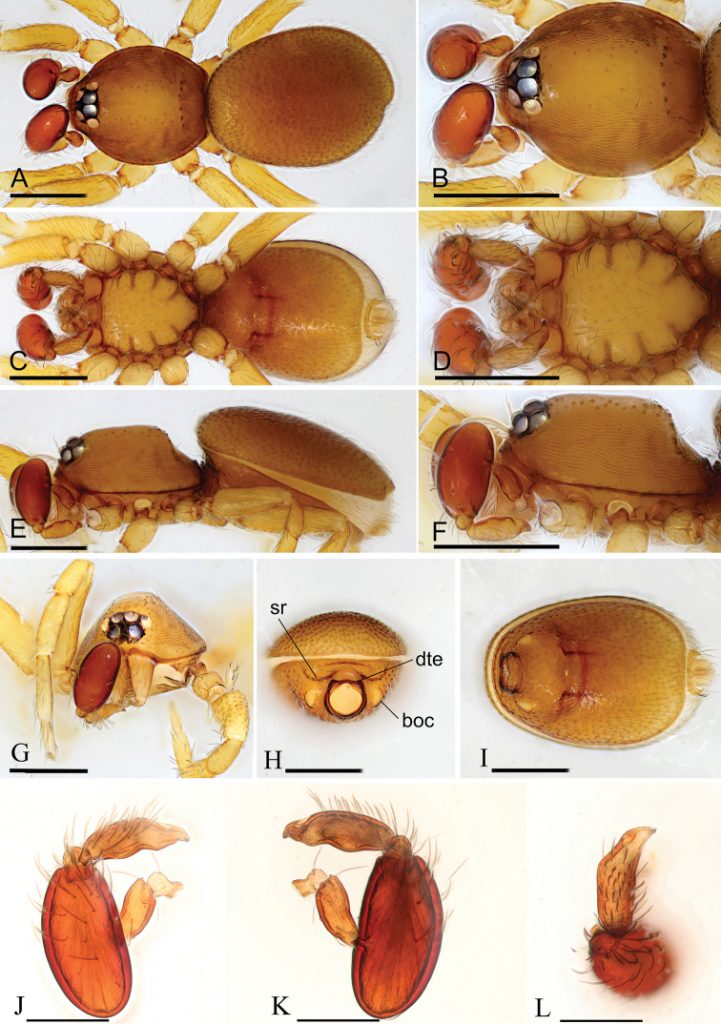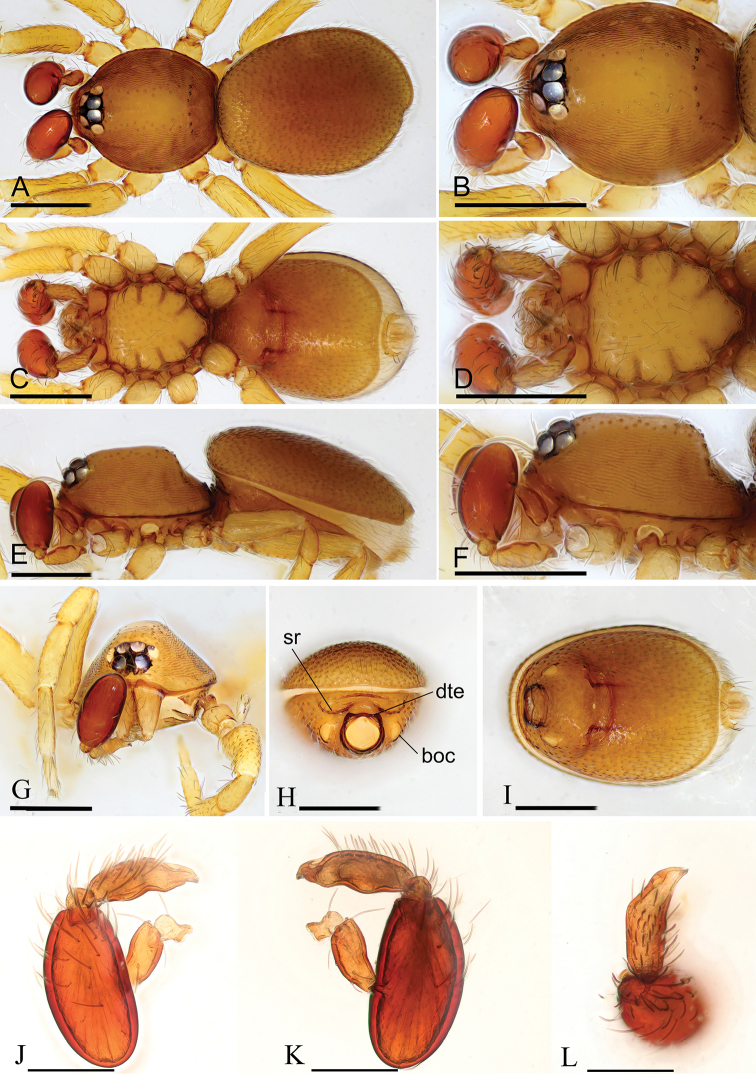Two new species of the genus Opopaea Simon, 1892 are reported from Myanmar, O. kanpetlet Tong & Li, sp. nov. (♂♀) and O. zhigangi Tong & Li, sp. nov. (♂♀). Morphological descriptions and photographic illustrations of the two new species are given. All sorts are preserved in the Institute of Zoology, Chinese Academy of Sciences in Beijing (IZCAS).

Nanoscopic X-ray tomography for correlative microscopy of a small meiofaunal sea-cucumber.
In the subject of correlative microscopy, mild and electron microscopy kind a robust mixture for morphological analyses in zoology. Due to pattern thickness limitations, these imaging strategies usually require sectioning to analyze small animals and thereby undergo from numerous artefacts.
A not too long ago launched nanoscopic X-ray computed tomography (NanoCT) setup has been used to picture a number of organic objects, none that have been, nonetheless, embedded into resin, which is prerequisite for a large number of correlative functions. In this research, we assess the worth of this NanoCT for correlative microscopy. For this objective, we imaged a resin-embedded, meiofaunal sea cucumber with an approximate size of 1 mm, the place microCT would yield solely little details about the inside anatomy.
The ensuing NanoCT knowledge displays isotropic 3D decision, gives deeper insights into the 3D microstructure, and thereby permits for a whole morphological characterization. For comparative functions, the specimen was sectioned subsequently to guage the NanoCT knowledge versus serial sectioning mild microscopy (ss-LM).
To appropriate for mechanical instabilities and drift artefacts, we utilized an alternate alignment process for CT reconstruction. We thereby obtain a degree of element on the subcellular scale similar to ss-LM photographs in the sectioning aircraft.
The New Biology as an Example of Newspeak: The Case of Polish Zoology, 1948-1956.
The “New Biology” that arose in the Eastern Block throughout Stalinist occasions was primarily based on the concept of the heritability of acquired traits. In rejecting the paradigm of Mendelian chromosome genetics in addition to science-based farming, the New Biology led to a deterioration of scientific life and the free change of concepts.
In imposing Lysenko’s concepts onto zoology, the New Biology adopted the totalitarian language of Newspeak, which dominated public discourse in communist nations. Newspeak had a number of defining components: a restricted dictionary, robust valuations, binary oppositions, the magical perform of language, militarization, and ritualization of language.
In this research, the idea of Newspeak is used to research main sources (publications, speeches, and convention discussions) in Polish zoology in the interval between 1948 and 1956. Once the observe of Newspeak started to wane, so did the New Biology that had been based on this particular ritualistic language.

